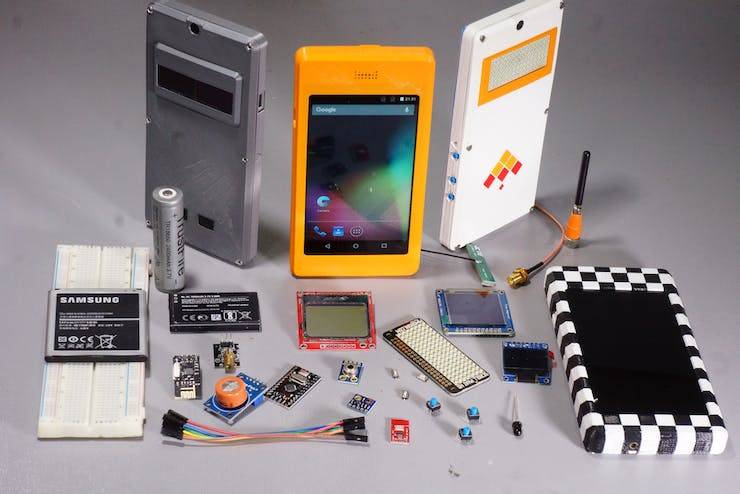The process of building a mobile phone from the ground up is incredibly difficult and necessitates expert knowledge in a number of disciplines, including electronics, programming, and engineering. It entails designing and putting together components, creating software, and integrating various systems. Despite the fact that it is impractical for one person to build a fully functional smartphone on their own, you can experiment with some aspects of making a simple mobile phone-like device as a hobby project. Here is a concise explanation of the procedure:
1. Identify the Purpose: Choose the functions and features you want your phone to have. Make a choice regarding the level of functionality you want for your feature phone.
2. Research and Design: Study existing mobile phone designs and technologies. Understand the hardware and software components involved, such as the mainboard, processor, display, battery, camera, and operating system. Create a schematic diagram and a design plan for your phone.
3. Component Selection: Choose the components that meet your requirements and are compatible with your design. Consider factors such as cost, availability, performance, and compatibility.
4. Assembly: Assemble the hardware components according to your design. This involves soldering, connecting wires, and integrating different modules. Keep in mind that this step requires advanced skills in electronics and engineering.
5. Programming: Develop or customize an operating system for your phone. You may need to learn programming languages such as C or Java to create the necessary software. Implement functionalities such as making calls, sending messages, and accessing basic applications.
6. Display and User Interface: Connect and configure the display module. Design and implement a user interface that allows users to interact with the phone using buttons, touchscreens, or a combination of both.
7. Power and Battery: Integrate a power management system and connect a suitable battery to provide the necessary power for your phone.
8. Testing and Debugging: Test your device thoroughly to identify and fix any hardware or software issues. Ensure that all components work together seamlessly.
Bear in mind that this is a highly simplified overview, and building a complete mobile phone from scratch requires extensive knowledge and resources. It's more realistic to consider working on specific aspects of mobile phone development, such as creating a custom Android app or building a simple phone using modular components.



No comments yet
Be the first to share your thoughts!